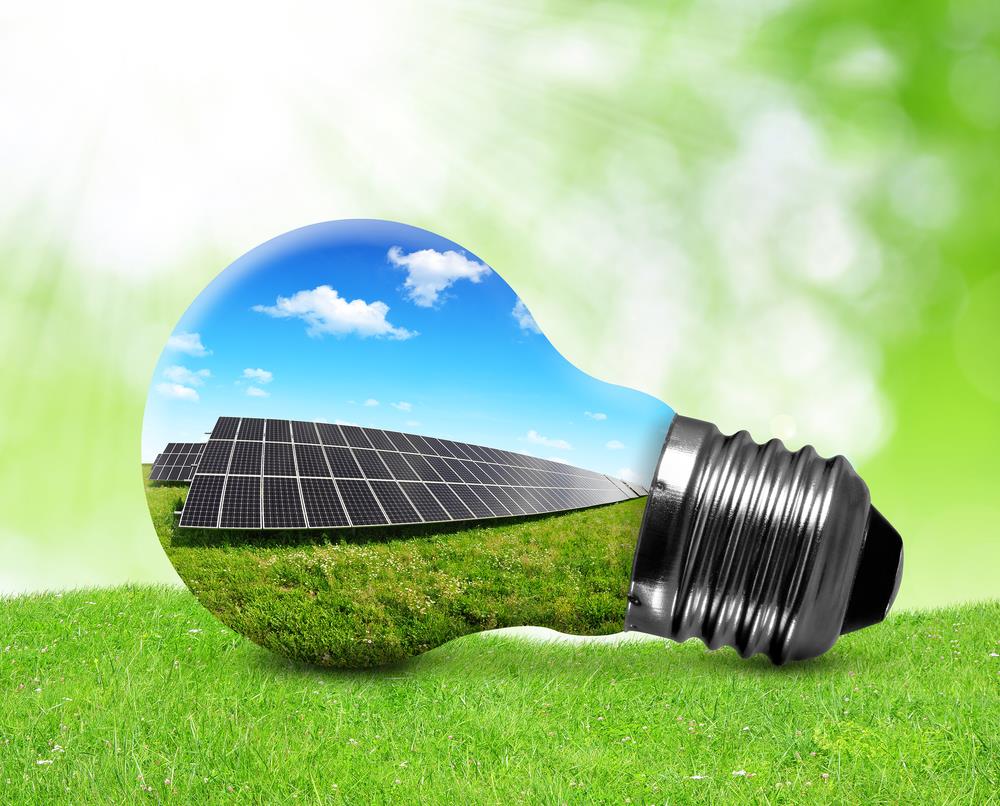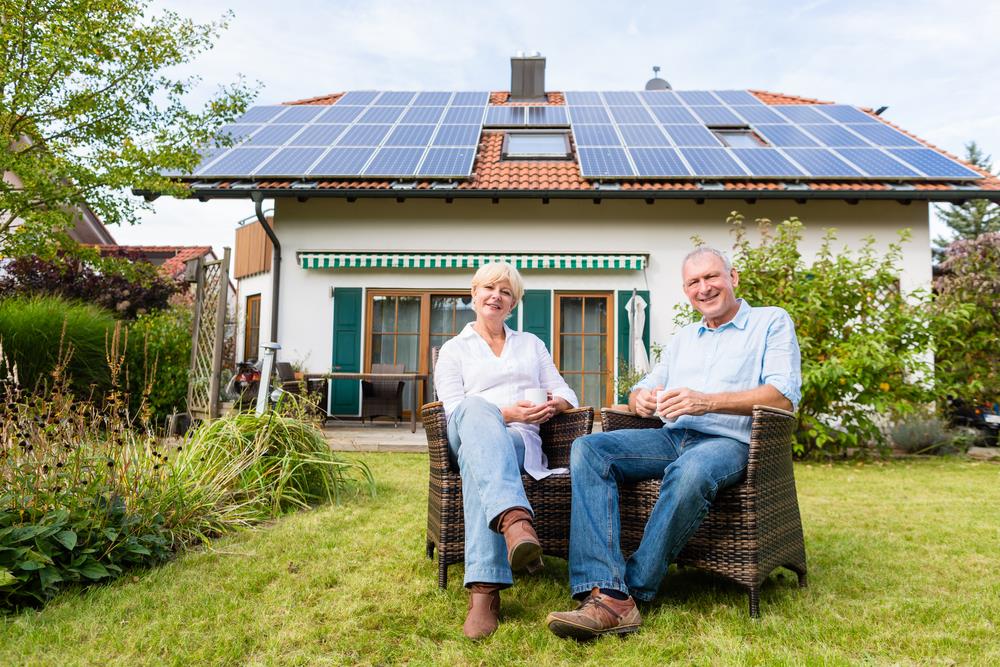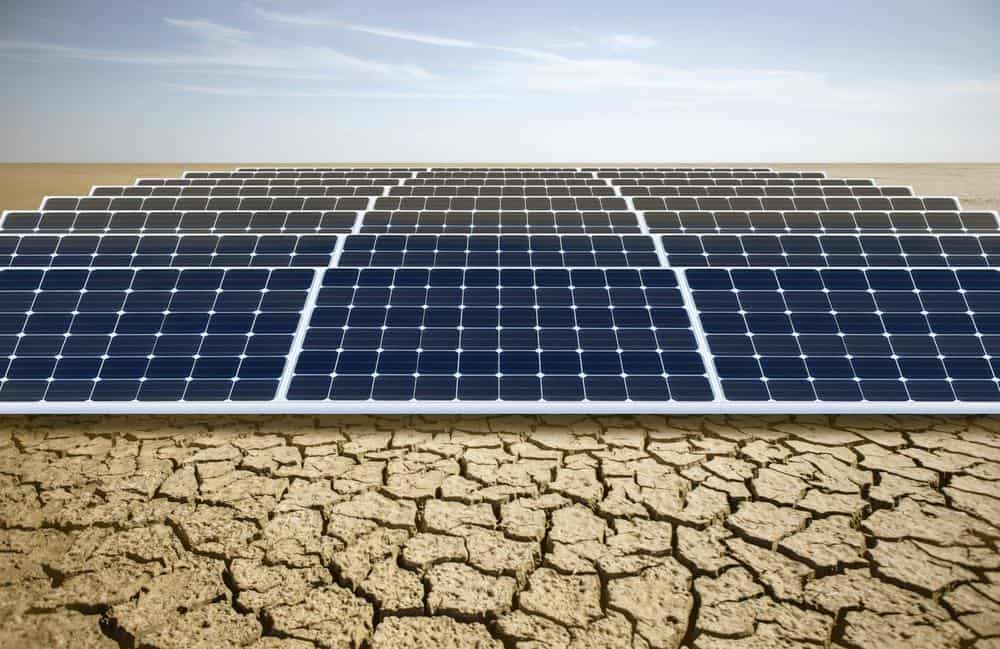
Solar energy is fashionable, almost every day we hear news in the media referring to this energy source. Although linked to issues not always related to its scientific basis, but with legal aspects that regulate the possibility of self-consumption of electricity, litigation in international courts, not to mention the controversial abandonment by the Trump administration of climate agreement signed in Paris in December 2015, which could negatively affect the planet as a whole.
Despite all these conflicts and controversies, photovoltaic panels have come to stay. There are countries, such as China, Germany or Japan, where their growth in this century is a merely impressive example, 34.5 GW of solar power were installed in China in 2016, almost all of Germany’s, the leading country in this energy source in Europe.
However, it transcends very little of science or technology, beyond being very evident its presence when we drive on roads where there is a solar orchard next to homes that have panels for their consumption.
In this article, I will analyze and try to answer some questions and some curiosities very little known to the reader not specialized in photovoltaic systems. The material is divided into four issues that affect both the practical use of the energy produced by solar panels and the science of photovoltaic devices.
Why do you need so much surface of photovoltaic panels to produce energy?
A significant problem that solar photovoltaic energy presents and in general, all renewable energies, is what is called its low energy density, that is, the power produced per unit area is overall compared to the energy content of non-renewable fuels.
Also, while the cubic meters, liters or kilograms of gas, fuel, coal or uranium can be easily stored “vertically,” occupy little space (cylinders, tanks, warehouses, etc.), the solar panels can only be deployed “ in horizontal.” Which together with the low energy density indicated, leads to an installation electricity production with solar panels occupies very high land areas, a particularly problematic issue if you want to produce energy quantities comparable to those generated in plants these fossil fuels.
In effect, the surface occupied by a conventional thermal power plant with all its elements (boiler, cooling towers, transformation station, etc.) does not exceed km 2 and has a power of three of 1,000 MW. In contrast, a solar power plant with a comparable energy, such as that of the most massive photovoltaic power plant in the world, the Longyangxiaen Dam Solar Park, located the Tibetan plateau, occupies an area of ??around 25 km 2. This plant supplies 850 MW, for which it needs to use some 4 million solar panels.
Can the global electricity needs be provided with panels?

As a result of this limitation, any installation of photovoltaic energy production is very demanding of land. Now, given the enormous energy contribution that comes from the sun, we can consider much surface would need to be covered with solar panels to meet global energy demands. The electric power produced in the world in 2014 (the most recent for which we have global data) was 22,657 TWh.
This energy could be produced with an installation of solar panels with a total energy efficiency of 12% (characteristic value of most commercial photovoltaic systems, including in that figure all the possible loss factors, such as efficiency of the solar cells that integrate, working temperature, possible effects of shadows between the modules, etc.), located in the Sahara desert that occupies a square of 380 km.
It is evident that an installation of such magnitude, as well as the transport of the energy produced to the rest of the planet, makes the idea close to science fiction, but it perfect illustrates the immense potential that the solar resource has.
In fact, years ago an international initiative was launched, called Desertec (which did not crystallize) and very recently other called TuNur, which aims to produce electricity through a combination of technologies located in that desert (essentially, photovoltaic panels and thermoelectric installations ) d transport it to Europe through submarine cables.
If we restrict the previous analysis to a domestic scale, using the electricity production data of Spain in 2016 ( 265 TWh ), an area of ??54 km? 54 km = 2,916 km 2 (24% of the surface area ??the province of Guadalajara, for example) covered with solar panels would provide all that energy.
Do solar panels produce more energy than what is invested in their manufacture and installation?

More than 90% of the solar panels installed in the world is made of silicon. Silicon is the most abundant solid element in the earth’s crust, about 28% of the chemical composition of this silicon, but it is not found as an element, but forming compounds, mainly quartz (SiO 2 ).
To be able to use it in the manufacture of solar panels, it must be extracted and then cleaned reaching a very high degree of purity, not less than 99.99999%. The immediate consequence that follows from these strict conditions is that the process of obtaining and purifying is expensive in energy terms.
That has led to one of the “mantras” more durable chasing photovoltaic solar energy: its high time Energy Amortization (in what follows TiAE) that is, the time during the solar panels must be working to produce the energy that was invested in their manufacture. Indeed, for years it was said that photovoltaic solar energy would never be profitable since TiAE was similar or superior to the useful life of the panels. This remained as one of the “truths” against its use, denied by perfectly testable data.
In an installation located in an area with irradiation levels similar to those of the center of the Iberian Peninsula, the evolution of TiAE has gone from being over three years in 1990, something less than one nowadays. Since a photovoltaic panel has an operating life of about 25-30 years, more than 95% of that time is spent producing net energy added to that used its manufacture and installation.
What will the future of photovoltaic solar energy be like?
It is interesting to make a parallel between the origins and evolution to date of mobile telephony and compare it with the same evolution experienced by photovoltaic solar energy since 1984ear in which the first mobile phone itself was commercialized – the great one Motorola Dynatac 8000x.
In this period, the number of mobile phones has multiplied by 15,000 and the solar photovoltaic power installed has done so by 2,000. Given the sustained growth old year after year this source of energy, it is highly probable that in a term of 10 to 15 years solar photovoltaic energy will be as present in our lives as it is today’s mobile phone.
Four decades ago, solar cells were nothing more than a mere scientific curiosity with few practical applications (artificial satellites, lighthouses and little else). Since the beginning this century, they have become an essential element to promote a change in the energy model; this change will mitigate the harmful effects that the massive use of fossil fuels, the dominant energy paradigm, has on the climate of the planet.
